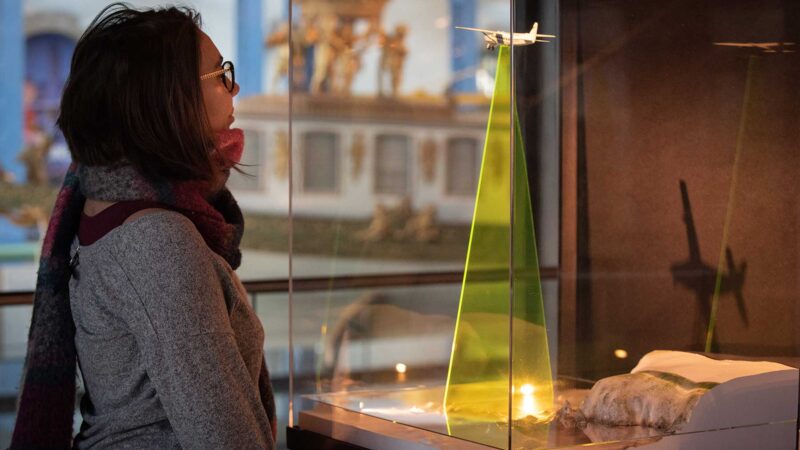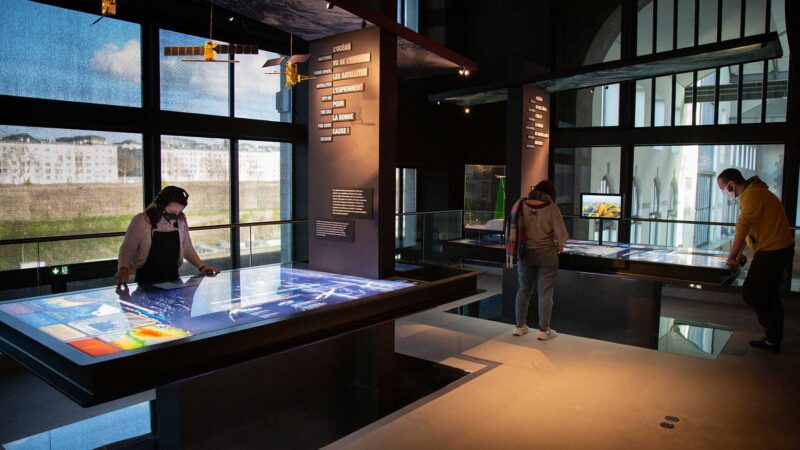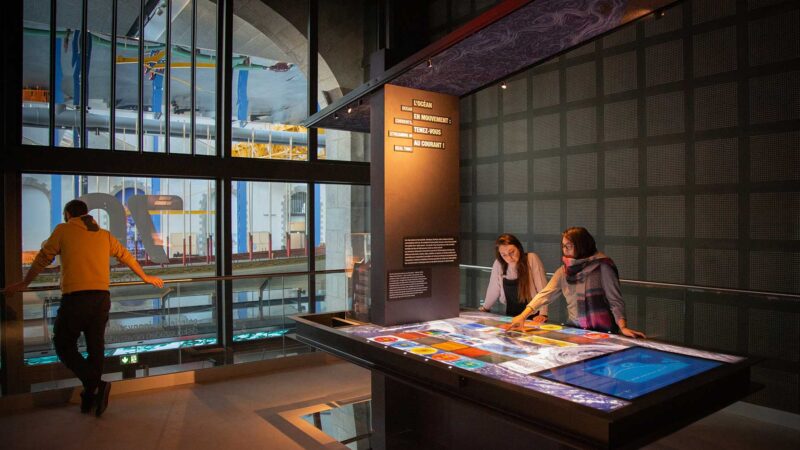The oceans are a navigation area where the maritime stakes are high: the shipping routes of the present and future, safety and security at sea, developments in cargo ships and ports, shipbuilding and the vessels of the future…
An environment to be observed and measured, to foster greater understanding
Understanding, measuring, predicting
The oceans hold 97% of the Earth’s water. It is a fundamental player in regulating the climate of our planet. Understanding the mechanisms and role of the oceans in global warming is a major challenge for the societies of the present and the future.
70.8 invites you to discover the different ways scientists can study and analyse how the oceans work and can predict their evolution in the face of climate change.
THE OCEANS FROM SPACE
Satellites are constantly orbiting over the oceans to observe them. Scientists collect thousands of pieces of information every day, to measure and predict variations.
Satellites offer a holistic understanding of the oceans. They constantly transmit a huge amount of data, including water height, surface winds, currents and vortices, salinity, temperature, etc.
70.8 presents Copernicus, the European Earth Observation Programme, and its Sentinel satellite network.
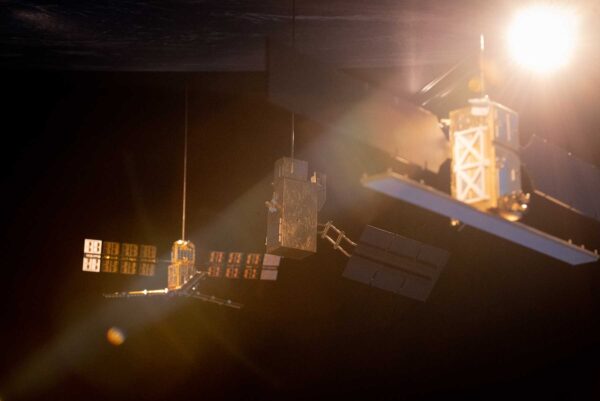 © 70.8
© 70.8
THE OCEANS FROM THE COASTS
Today, around 40% of the world’s population lives in coastal areas, in a coastal strip 60 miles wide, where the population density is 2.5 times higher than average population density worldwide.
Various tools are used to monitor coastal areas and estimate the risks associated with rising sea levels and the probable increase in the frequency of severe storms. They provide information and tracking of water heights, waves, swells and currents, to foster greater understanding and prevent the submersion and erosion now threatening the coastline.
THE OCEANS UNDER SURVEILLANCE
Buoys, floats, gliders, AUVs, underwater observatories… From the surface to the seabed, day and night, these instruments measure and record water and air temperature, salinity, quantities of oxygen, pressure, currents, certain chemical elements, and more. This information provides scientists with a greater understanding of how the oceans work and enables them to predict their evolution in the face of climate change
70.8 invites you to discover models of various measuring instruments, and a full-size Argo float.
THE OCEANS ON THE MOVE
The world’s five oceans (the Atlantic, Pacific, Indian, Arctic and Southern) all communicate with each other. They make up the global ocean, a huge mass of water flowing like a ‘conveyor belt’.
Researchers observe and measure currents on a global and local level, to understand ocean circulation and predict changes related to climate change.
FRANCE’S OCEANOGRAPHIC AND HYDROGRAPHIC VESSELS
The oceanographic and hydrographic vessels of France conduct research and knowledge acquisition missions in all the world’s oceans and seas, outside the polar zone. Their on-board tools include a variety of measuring instruments, underwater vehicles and mobile equipment. They occupy a position at the forefront of the international stage.
UNDERWATER ACOUSTICS
The oceans resound with the accents of nature (waves, rain, ice, wind, underwater earthquakes, creatures and more), as well as the sound produced by human activities.
Research in the field of maritime acoustics is flourishing. Underwater sounds and noises are measured in various parts of the world using waterproof submerged microphones, known as hydrophones. The data collected can be used to study marine biodiversity or to monitor seismic activity in a given area.
Visitors to 70.8 can listen to a playlist of sounds from the Oceans.
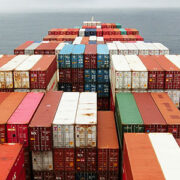




 HOURS
HOURS CONTACT US
CONTACT US